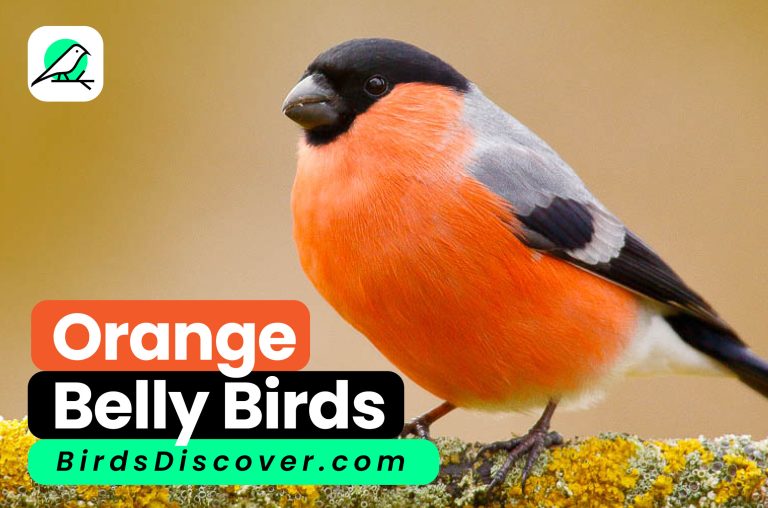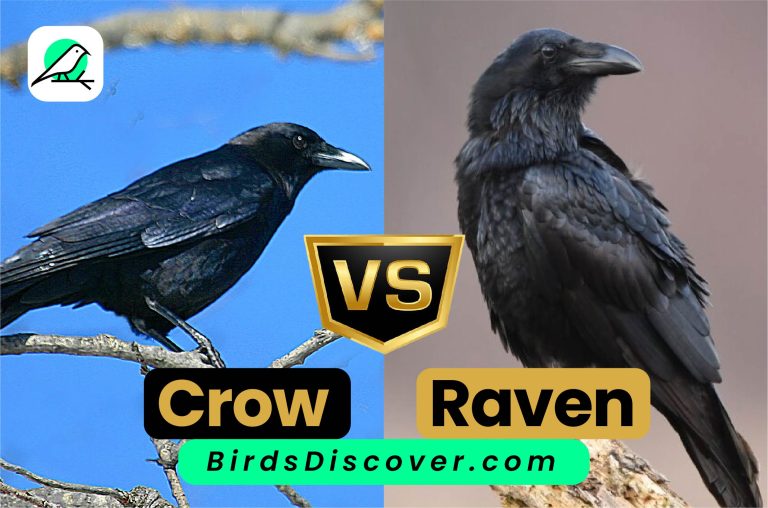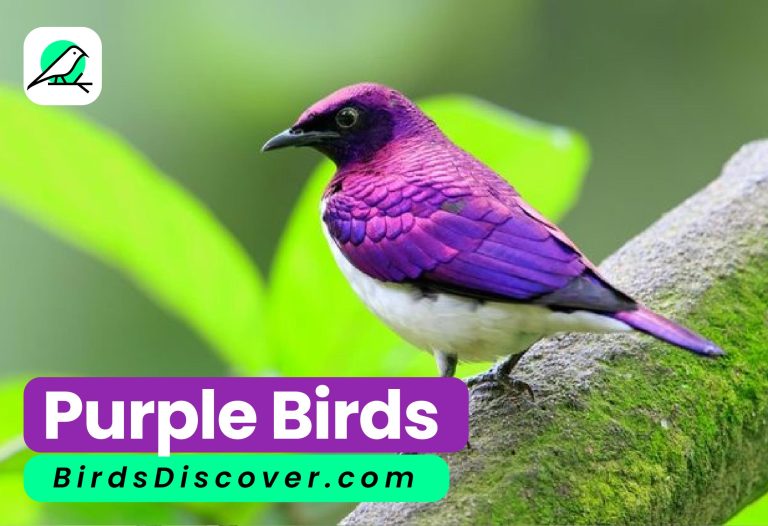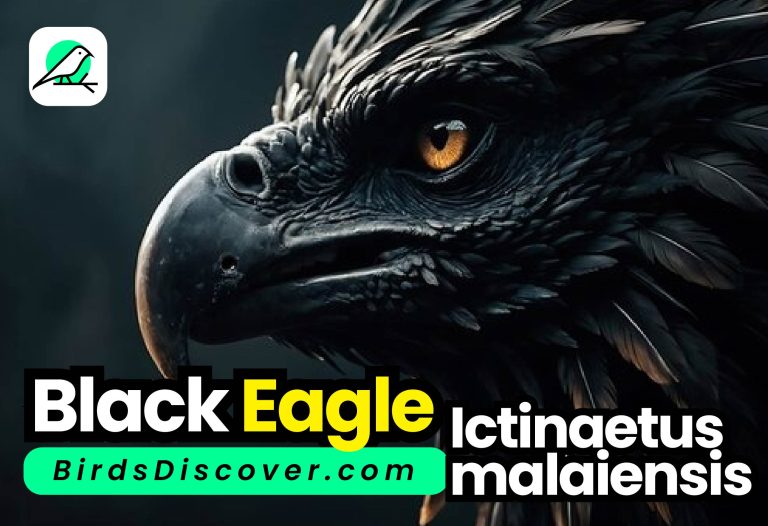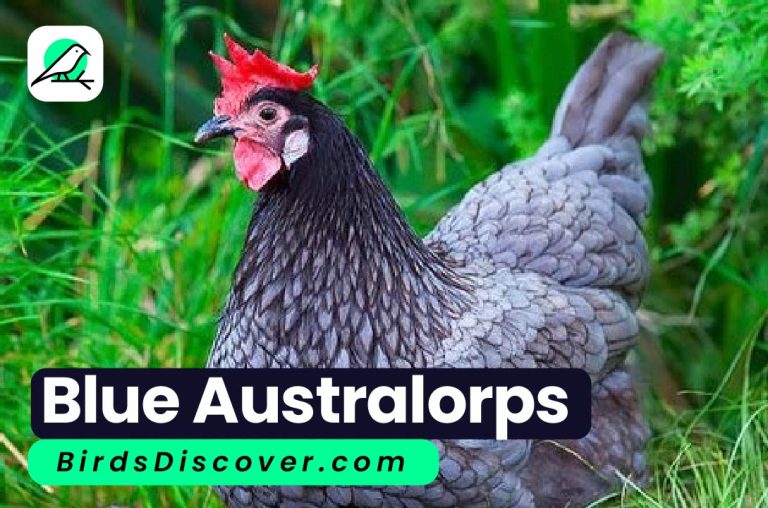Exploring the Diverse World of Partridge Bird Species
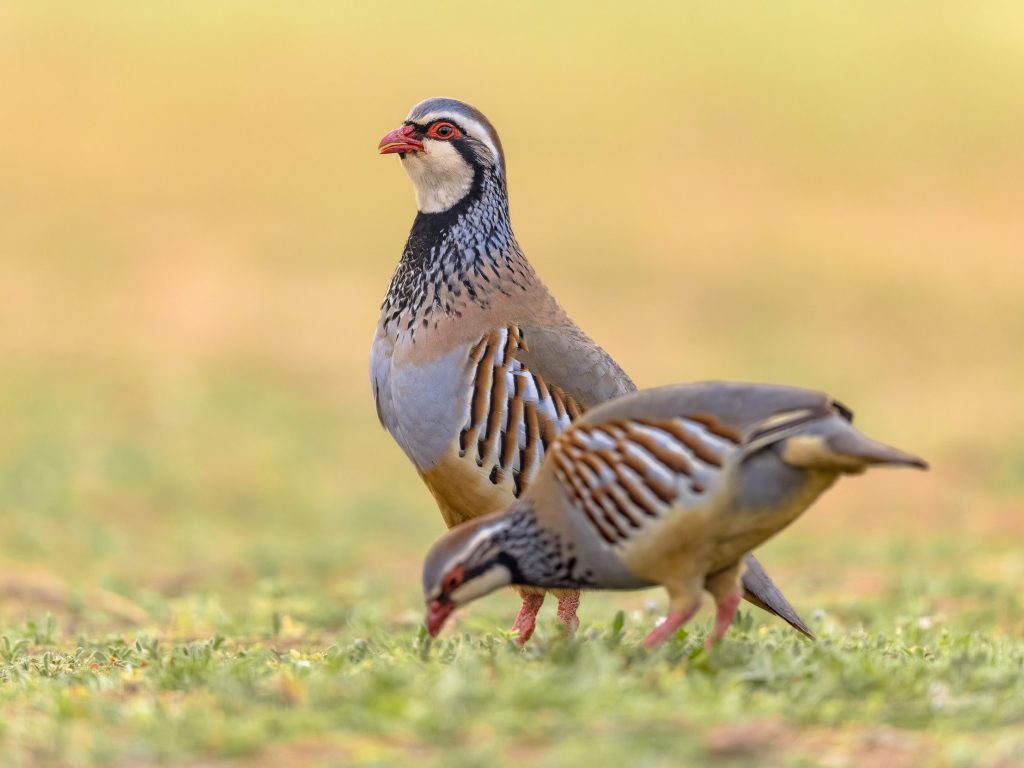
Partridges are fascinating birds that belong to the family Phasianidae, which also includes pheasants, quails, and turkeys. Known for their distinctive appearance and behaviors, these ground-dwelling birds are found in various habitats across the globe. In this article, we’ll explore the different types of partridge species, their characteristics, habitats, and the conservation efforts underway to protect them.
What is a Partridge?
Partridges are medium-sized birds that are often characterized by their stout bodies, short tails, and strong legs. They are typically brown or gray in color, allowing them to blend seamlessly into their surroundings. These birds are primarily ground-dwellers, preferring to forage for seeds, grains, and insects in grasslands, scrublands, and agricultural fields.
With around 14 species of partridges, they are divided into two main genera: Perdix and Alectoris. Each species has unique traits and behaviors that make them interesting to observe and study.
Common Types of Partridge Species
Let’s delve into some of the most well-known partridge species and what makes them unique:

1. European Partridge (Perdix perdix)
The European Partridge, also known as the Grey Partridge, is a native bird to Europe and parts of Asia. These birds are easily recognizable by their round bodies, short necks, and distinctive black “V” pattern on their throats.
Habitat and Behavior: The European Partridge thrives in open fields, grasslands, and farmlands, where they can find ample food. They are social birds, often found in coveys, especially during the non-breeding season. Their call, a series of soft, whistled notes, is a common sound in rural areas.
Conservation Status: Unfortunately, populations of European Partridge have been declining due to habitat loss and changes in agricultural practices. Conservation efforts are focused on habitat restoration and sustainable farming practices to support their populations.
2. Barbary Partridge (Alectoris barbara)
Native to North Africa and parts of Europe, the Barbary Partridge is known for its striking appearance, with a reddish-brown body and black-and-white markings on its head.
Habitat and Behavior: This species prefers hilly or rocky terrain, often found in areas with dense scrub. Barbary Partridges are also social, often forming small flocks, and they are known for their strong flight capabilities.
Unique Traits: Unlike many other partridge species, Barbary Partridges are not typically hunted in the wild; they are often raised in captivity for sport hunting.
3. Grey Partridge (Perdix perdix)
The Grey Partridge is often confused with the European Partridge but is distinct in its more extensive range across Europe and parts of Asia.
Physical Characteristics: These birds have a slightly larger body, with a more pronounced gray coloration and distinctive black markings on their faces.
Behavior and Conservation: Grey Partridges are ground-nesters and prefer open, cultivated areas for foraging. They are currently facing challenges due to intensive farming practices, leading to efforts aimed at habitat conservation.
4. Rock Partridge (Alectoris graeca)
The Rock Partridge is a game bird that is commonly found in the mountainous regions of southern Europe, particularly the Alps and the Apennines.
Habitat: These birds are adapted to rocky terrains and steep slopes, where they can find shelter and food among the rocks and shrubs.
Nesting and Behavior: Rock Partridges are known for their elaborate nesting habits, often laying eggs in well-hidden locations. Their social structure is complex, and they can often be seen in small groups.
5. Chukar Partridge (Alectoris chukar)
The Chukar Partridge, recognizable by its striking red beak and legs, is native to Asia but has been introduced to many other regions, including North America.
Habitat and Behavior: Chukars prefer rocky, arid areas and are known for their distinctive call, a loud “chuk-chuk” sound that echoes through the mountains. They are highly prized by hunters due to their challenging flight patterns.
Cultural Significance: The Chukar has become a symbol of game bird hunting in many parts of the world, making it an important species for both conservation and recreation.
Unique Characteristics of Partridges
Partridges exhibit a range of fascinating behaviors and physical traits that set them apart from other birds.
- Coloration: Many partridge species have cryptic plumage that helps them blend into their surroundings, making them less visible to predators.
- Foraging Behavior: Partridges primarily feed on seeds, leaves, and insects. They use their strong legs to scratch the ground in search of food.
- Social Structures: Most partridge species are social birds, often found in flocks, especially during the winter months. They communicate with a variety of calls and display behaviors.

Conservation and Habitat
The survival of partridge species is increasingly threatened due to habitat loss, hunting pressures, and environmental changes. Many species rely on specific habitats, and as these areas are converted for agriculture or urban development, their populations decline.
Conservation Efforts: Various organizations are working to protect partridge habitats and promote sustainable farming practices. This includes creating wildlife corridors, restoring native vegetation, and educating the public about the importance of these birds in our ecosystems.
Fun Facts About Partridges
- Cultural References: Partridges have made their way into popular culture, including the famous line from the song “The Twelve Days of Christmas,” where a partridge is offered in a pear tree.
- Strong Flyers: Despite being primarily ground-dwellers, partridges are strong fliers and can escape predators by taking to the air.
- Lifespan: In the wild, partridges typically live for about 3 to 5 years, but under optimal conditions, they can live longer.
Conclusion
Understanding the various types of partridge species and their unique traits is essential for appreciating these remarkable birds and their role in our ecosystems. As we continue to face environmental challenges, it’s crucial to support conservation efforts aimed at protecting these birds and their habitats.
By learning more about partridges and advocating for their conservation, we can help ensure that future generations enjoy the beauty and diversity of these incredible creatures.

